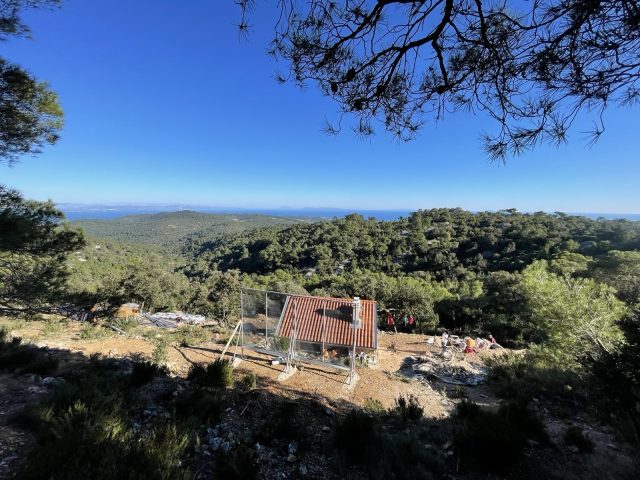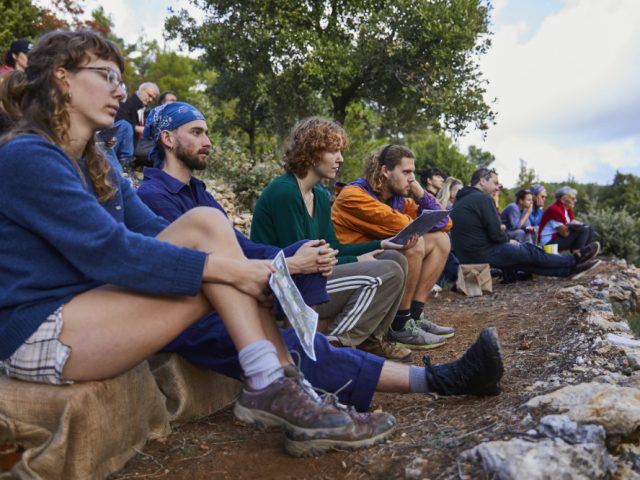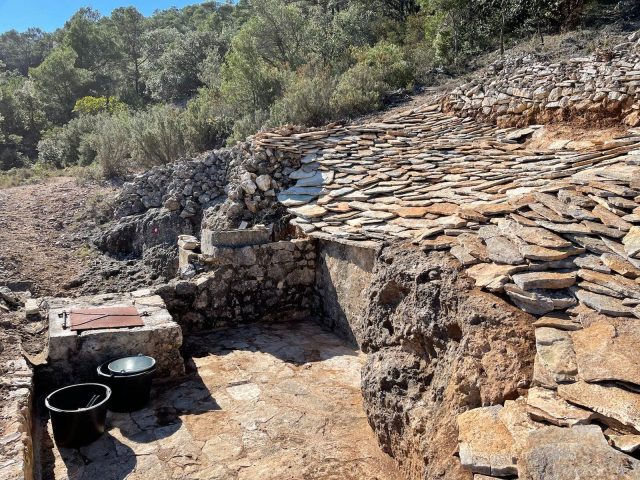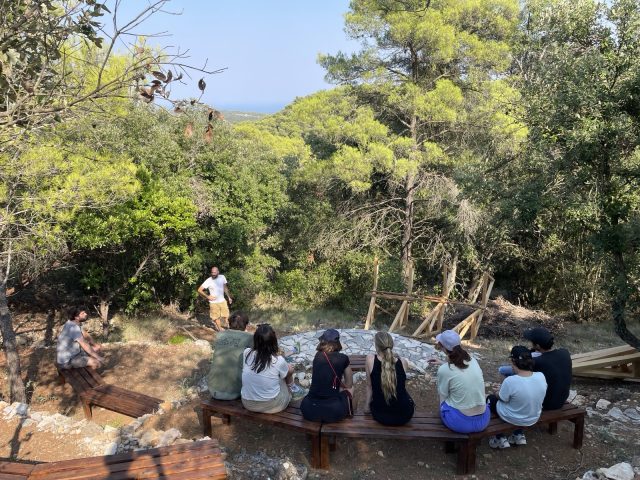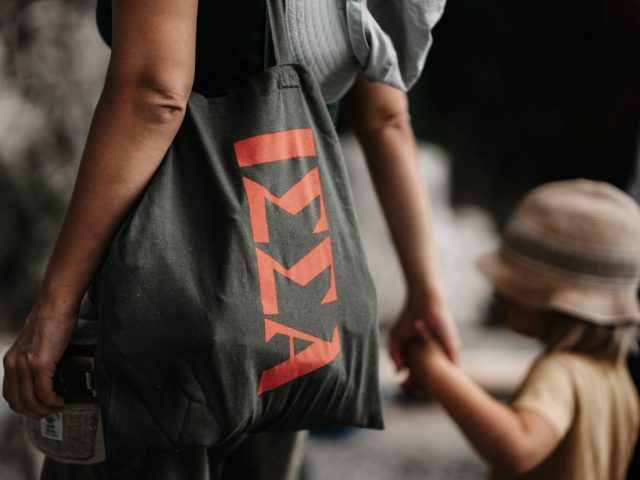
A group of people here and now, in a “classroom” under an olive tree, is a perfect example of the impact of orality. The drawbacks are obvious: it is small-scale and limited in scope. But everyone can respond; everyone can answer. Without pressure and with a common goal, the learning experience is not an exchange of information; it creates bonds and prepares for action.
Let us examine the drawbacks of orality. Walter J. Ong, an authority on orality and literacy, listed a number of features. In an oral culture, memorizing is helped by formulaic forms, redundancy, and a rather conservative approach. For what I have in mind, other items on his list are more pertinent: closeness to the world and empathy; and best of all, oral communication allows for unmediated participation. We live in a literate environment, so there is no danger that our talks will be more aggregative than analytical because of the difficulties of fixing and revising possible conclusions.
All this might seem like a redundant way of advocating live teaching as opposed to all the digital possibilities we have. These allow us to be connected all over the globe and are increasingly participatory. Still, they do not offer us the sensual enjoyment of thinking together or the enhancement of motivation because we feel a bond and breathe the same air.
We need spaces and places for a special kind of togetherness.
